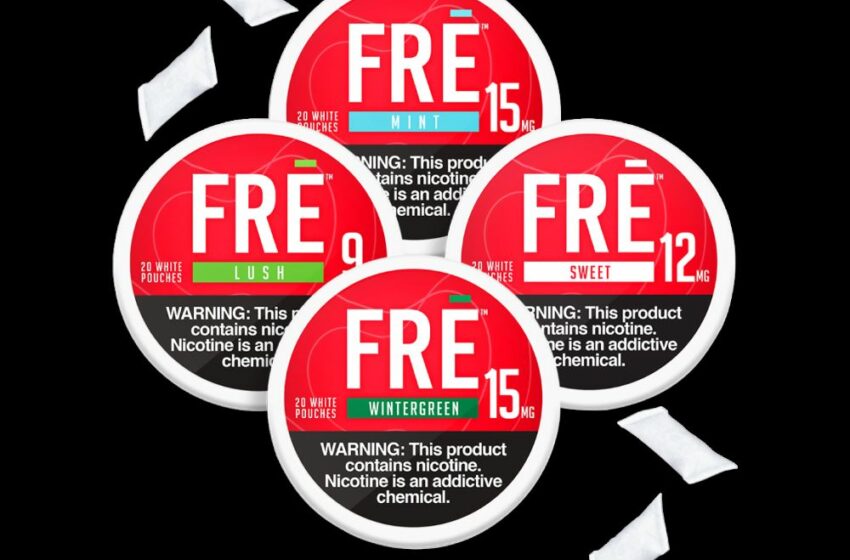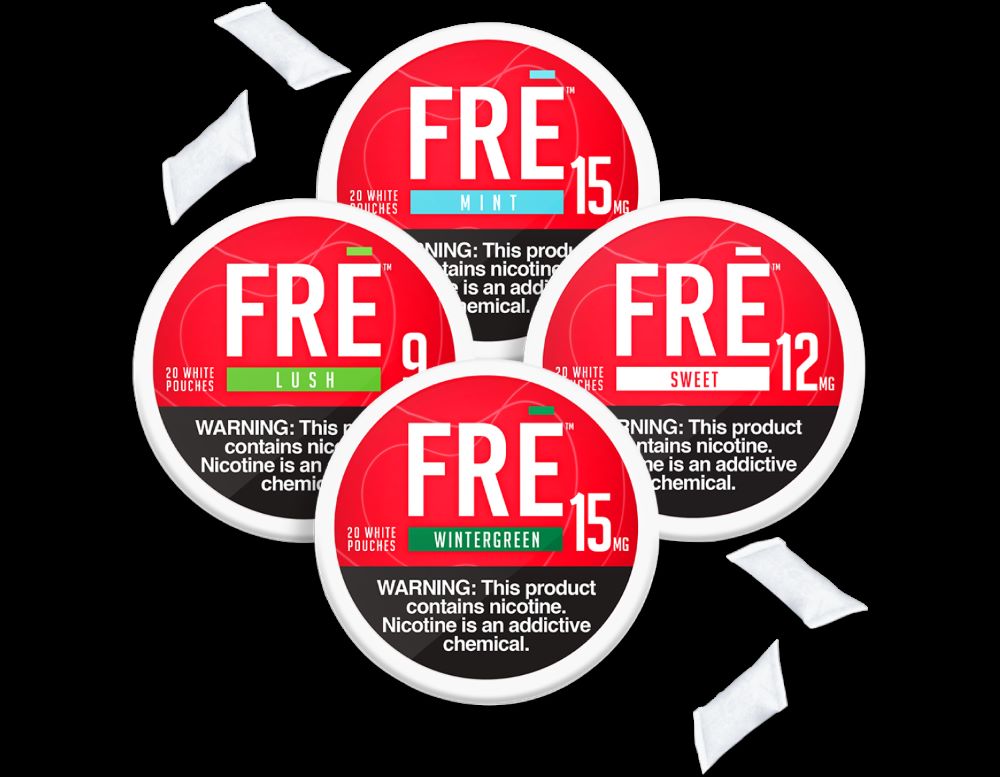Setting It Fre
- Also in TR Print Edition
- February 1, 2024
- 0
- 7 minutes read

Image: Turning Point Brands

Turning Point Brands prepares to roll out its FRE nicotine pouch nationally in the U.S. this year.
By Timothy S. Donahue
It’s looking like a FRE market in 2024. Turning Point Brands (TPB) is expected to release its 2023 financial results in late February. While the Louisville, Kentucky, USA-based nicotine product conglomerate remains one of the best stock bets in the tobacco sector, its 2024 goals are taking a more “modern” approach. TPB is getting ready to go full force with its premium modern oral nicotine product and is expecting that this year more consumers will trade in their combustible sticks for its FRE white pouch nicotine product.
Graham Purdy, president and CEO of TPB, said during an earnings call that the company is excited about FRE’s U.S. national rollout in 2024. The product will compete in a billion-dollar-plus market that continues to grow rapidly. The company spent much of 2023 shoring up FRE’s supply chain to ensure consistent product quality, according to leadership.
“[We have been] analyzing consumer feedback and testing online [and] select in-store marketing and merchandising programs to ensure a successful national rollout. Given our progress to date, we are now focusing on prudently ramping up our sales and distribution efforts to achieve steady growth over time,” said Purdy. “Our early learnings and performance in test markets have given us more confidence to now leverage our sales and distribution expertise to profitably expand FRE’s profile in-store count similar to what we achieved with Stoker’s Moist Snuff over time.”
While confident about FRE’s prospects, Purdy expects market share gains to be “small and incremental.” “I think Q4 is sort of the time of the year where we [start] expanding out the foundation. I think our expectation for the product is to look similar to Stoker’s over time as we compete against the large players in the category,” Purdy explained. “It’s really a store output focus on the product, similar to some of the past practices we’ve had with other categories, specifically Stoker’s …. We focus on the stores that have the highest volume.”
TPB reported a 5.6 percent drop in sales for the third quarter, ending Sept. 30, as it faces stiff challenges in a tight market. The company, known for its Zig-Zag and Stoker’s brands, reported a decline in consolidated net sales to $101.7 million, which is believed to be due to the current economic challenges faced by the consumer goods sector.
Zig-Zag, a stalwart in TPB’s portfolio, suffered a 10.2 percent sales decrease compared to the same quarter last year. However, sales in the Stoker’s segment, TPB’s smokeless tobacco division, which includes FRE, rose by 10.1 percent. This illustrates modern nicotine’s growing popularity among consumers seeking traditional tobacco alternatives.
It isn’t surprising that TPB is embracing FRE’s potential. The global modern oral market is booming. In a recent report, Polaris Market Research valued the worldwide nicotine pouches market at an estimated $1.6 billion in 2022 and projected the segment’s revenue to reach more than $26.8 billion by 2032.
Summer Frein, chief revenue officer at TPB, said FRE has been well received in the marketplace and that consumer engagement has been encouraging. “We continue to focus on maximizing the value of our brands, executing against the plan we’ve established and growing our business with both our retail and end consumers,” she said. “We continue to focus on maximizing [the] value of our world-class brands and extensive distribution capabilities.”
Asked during the conference call whether the company would go after stores with higher volumes and potentially higher price points, Frein said the company considers FRE a premium brand that can hold its own against bigger brands.
“We have a strong belief in our point of difference … which is higher nicotine strength options available for our consumers, which we continue to see resonate both in-store and there’s been a strong response online, and [we] plan to profitably compete in the segment against those big brands,” she said.
Purdy added that despite this year’s challenges, which included navigating wholesale inventory reductions at Zig-Zag Canada, and continuing with some additional difficult comparisons, he feels good about 2024. “Particularly our progress in the [alternative] channel and FRE,” he said. “We remain focused on demonstrating further progress for the balance of the year and into 2024.”
TPB is also going to continue expanding into the alternatives markets, such as cannabis products. Purdy said that as additional states greenlight medical and recreational cannabis, his company will focus on providing a better shopping experience for consumers. In addition to more legal dispensaries and manufacturing and processing facilities, other retail outlets like head shops are drafting off this trend, he explained. “Our alternative B2B business saw Zig-Zag sales accelerate, growing over 40 percent during the quarter,” he said. “We also continue to be proactive in optimizing our capital structure.”
Frein said the company’s future isn’t based exclusively on next-generation nicotine products. Online sales are also growing. While it may be making progress on its multiyear roadmap to establish FRE and continue Zig-Zag as lifestyle brands, it’s particularly focused on the cannabis market with Zig-Zag. After all, Zig-Zag continues to increase its brand awareness, and TPB’s leadership wants to build on Zig-Zag being well-known in the alternative market segment.
The company is also focusing firmly on FRE being a premium product and continuing to boost its growing online sales segment. Frein said the nicotine market can be challenging and often takes a company in multiple directions simultaneously.
“In our B2B alternative segment, we had a strong quarter with increased sales of Zig-Zag papers and cones. We also saw a double-digit rise in both the number of customers and orders on our alternative platform, with an increase in average order size. We made significant progress across the business this past quarter as we saw growth in every subcategory with the alt channel, which includes head shops, smoke shops, dispensaries, including … distributors, cultivators and manufacturers and processors,” Frein emphasized. “Additionally, we are seeing increased engagement across our digital platforms. The total online traffic sessions on our dedicated B2C site are up 33 percent [compared] to a year ago.”

